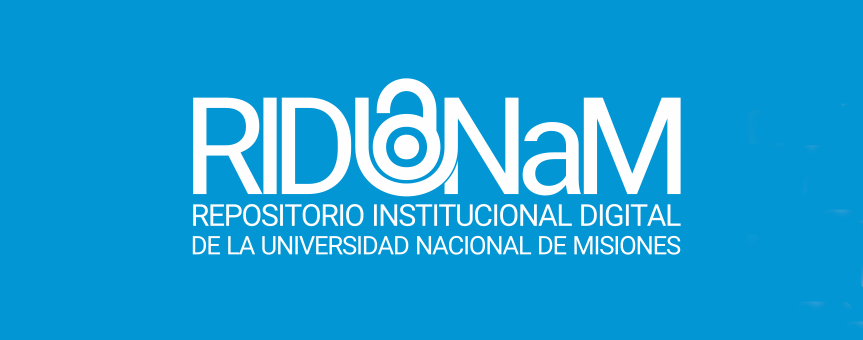Rehabilitación de bosque nativo degradado con Peltophorum Dubium (ibirá pita guazú) y regeneración natural de especies forestales nativas
Rehabilitation of degraded native forest with Peltophorum Dubium (ibirá pita guazú) and natural regeneration of native forest species
Abstract
El trabajo analiza el crecimiento y desarrollo del Peltophorum dubium Spreng (Ibirá pita guazú), en fajas de dos, tres, cuatro y cinco metros de ancho y 100 de longitud, en bosque nativo degradado y la regeneración natural de especies forestales en el sureste de Formosa, región oriental del parque chaqueño. Los resultados indican mayores diámetros en fajas de cuatro y cinco metros:(3,60cm y3,72cm) y las alturas de fuste y total de: (2,64m y 4,33m) y (2,56 y 4,21 m) respectivamente. Lasobrevivencia fue superior en fajas de cuatro metros con 80% y 73% en las de cinco. Se observa individuos de mejor calidad y sanidad en fajas de cuatro y cinco metros. La regeneración natural relativa en las fajas evidenció mayor abundancias y dominancia de especies de bajo valor comercial, como Myrcianthes pungens, Cestrum parqui, Trichilia catigua y Holocalyx balansae sobre las de interés comercial, dentro de estas últimas predomina: Diplokeleba floribunda, Phyllostylon rahmnoides y Aspidosperma Quebracho blanco.
Se conluye que las fajas de cuatro y cinco metros de ancho son las más conveniente para rehabilitar bosque degradado, además permite acortar el tiempo y costos asociados de los cuidados culturales post plantación.
The work analyzes the growth and development of Peltophorum dubium Spreng (Ibirá pita guazú), in strips of two, three, four and five meters wide and 100 meters long, in degraded native forest and the natural regeneration of forest species in the southeast of Formosa, eastern region of the Chaco park. The results indicate larger diameters in strips of four and five meters: (3.60cm, 3.72cm) and the shaft and total heights of: (2.64m and 4.33m) and (2.56 and 4.21 m) respectively Survival was higher in strips of four meters with 80% and 73% in those of five. Individuals of better quality and health are observed in strips of four and five meters. The relative natural regeneration in the strips showed greater abundance and dominance of species of low commercialvalue, such as Myrcianthes pungens, Cestrum parqui, Trichilia catiguá and Holocalyx balansae over those of commercial interest, the latter group included: Diplokeleba floribunda, Phyllostylon rahmnoides and Aspidosperma White quebracho.
In conclusion, the study suggests that four and five-meter-wide strips are the most suitable for rehabilitating degraded forests, offering the advantage of reducing the time and associated costs of post-planting cultural care.
Collections
- Revista Yvyraretá [360]
The following license files are associated with this item:



